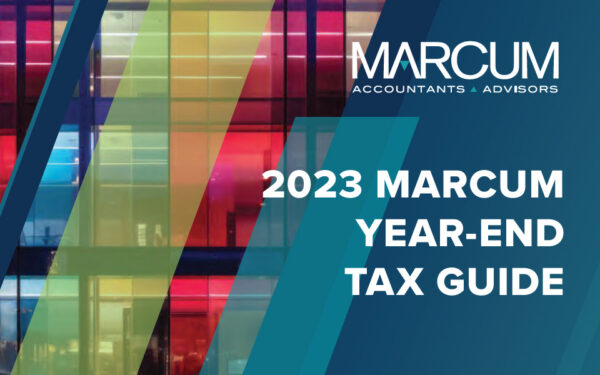Objectives and Highlights of Lease Accounting Standards Under ASC 842
In our last blog, we provided a quick rundown of what ASC 842 is, why it was created, what it affects, and when new the lease standards become effective. In this blog, we want to expand a bit on the objectives of ASC 842.
Generally speaking, ASC 842 addresses three broad objectives:
1. Disclosure
It compels companies to reflect lease agreements on their balance sheet and disclose lease transactions. It also necessitates use of a dual accounting model to separate operating and finance leases.
2. Transparency
The new standard requires companies to recognize assets and liabilities caused by leases and boost the ability to compare leases and recognize a lessor’s exposure to asset and credit risk. Equally important, ASC 842 helps ensure that lease terms can’t be used to misrepresent the financial position of an enterprise.
3. Alignment
It unifies the definition of a lease with International Financial Reporting Standards (IFRS) and aligns a new lessor model with the FASB’s new revenue recognition standard. Additionally, it enables an enterprise to match lessor sale-leaseback and accounting transactions to other guidance.
Highlights of New Lease Standards Under ASC 842:
- Operating leases will now be recorded in the statement of financial position as assets and liabilities. As a result, all leases (including operating and finance leases) create an asset and a liability for the lessee based on the definitions of assets and liabilities in FASB Concept Statement No. 6, Elements of Financial Statements (see below).
- The new standard retains a distinction between finance leases and operating leases.
- There are no more “bright-line” thresholds as under current GAAP for capital (finance) leases to determine:
- 75 percent of the useful life of the underlying asset
- Do lease payments constitute 90 percent of the fair value of the underlying asset
- Does the lease contain a bargain purchase option
- Whether title transferred at the end of the lease term
However, FASB ASC 842-10-66-2 notes that numerical thresholds above are “one reasonable approach” to assessing lease classification criteria.
- For leases with a term of 12 months or less, a lessee is permitted to make an accounting policy election not to recognize lease assets and lease liabilities.
- If a lessee makes this election, it should recognize lease expense for such leases generally on a straight-line basis over the lease term.
- The election needs to be consistently applied for similar leases.
Do you have questions about lease accounting standards updates, or other accounting and auditing issues? Contact your Marcum representative at (855) MARCUM1.




















